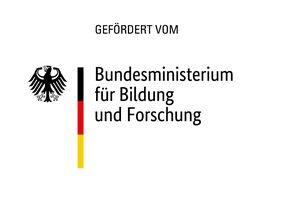Can objective and perceived security be established at the same time?
How can both objective and subjective safety be provided in the city? Measures to achieve safety in the city often do not meet the demands of the public because of the divergence between subjective sense of safety and real dangers. Within the Programme "Research for Civil Security”, funded by the Federal Ministry of Education and Research (BMBF), the research network DynASS identifies ways in which public expectation and scope for community action can be integrated and agreed upon with regard to a consistent safety policy. inter 3 integrates the various findings on strategic approaches to urban safety policy.
Safety through integrative analysis and coordinated action
The DynASS Project investigates in three sample cities the development and dynamic of urban safety from the viewpoints of security officials and users of public spaces. With the aid of constellation analysis, inter 3 highlights the interplay of objective and subjective factors in the perception of places as safe places. Based on this the scope for community action is subsequently worked out in order to develop approaches for integrated safety concepts.
For the involved parties from the community, creating safety is mainly about knowing and understanding the various factors for achieving the citizens’ feeling of safety. The constellation analysis visualises the respective elements (involved parties, environment, resources) and demonstrates how in each case they interact in the dynamic space constellations of the three cities being investigated. Conclusions can thus be drawn on how an unsafe place can become safe, and vice versa.
Results: Urban safety concepts in dynamic constellations
The further development of constellation analysis into a tool for integrated urban safety policy makes it possible for communities to gain an overview of the location specific safety situation, and to make use of the available practical knowledge of the security officials where it is needed to achieve objective and subjective safety. A manual will be produced so that the tool can be used beyond the sample cities.

![[Translate to English:] Porträt von Dr. Susanne Schön](/fileadmin/_processed_/e/4/csm_21c962_ls_weiss-50_6f400480b9.jpg)

